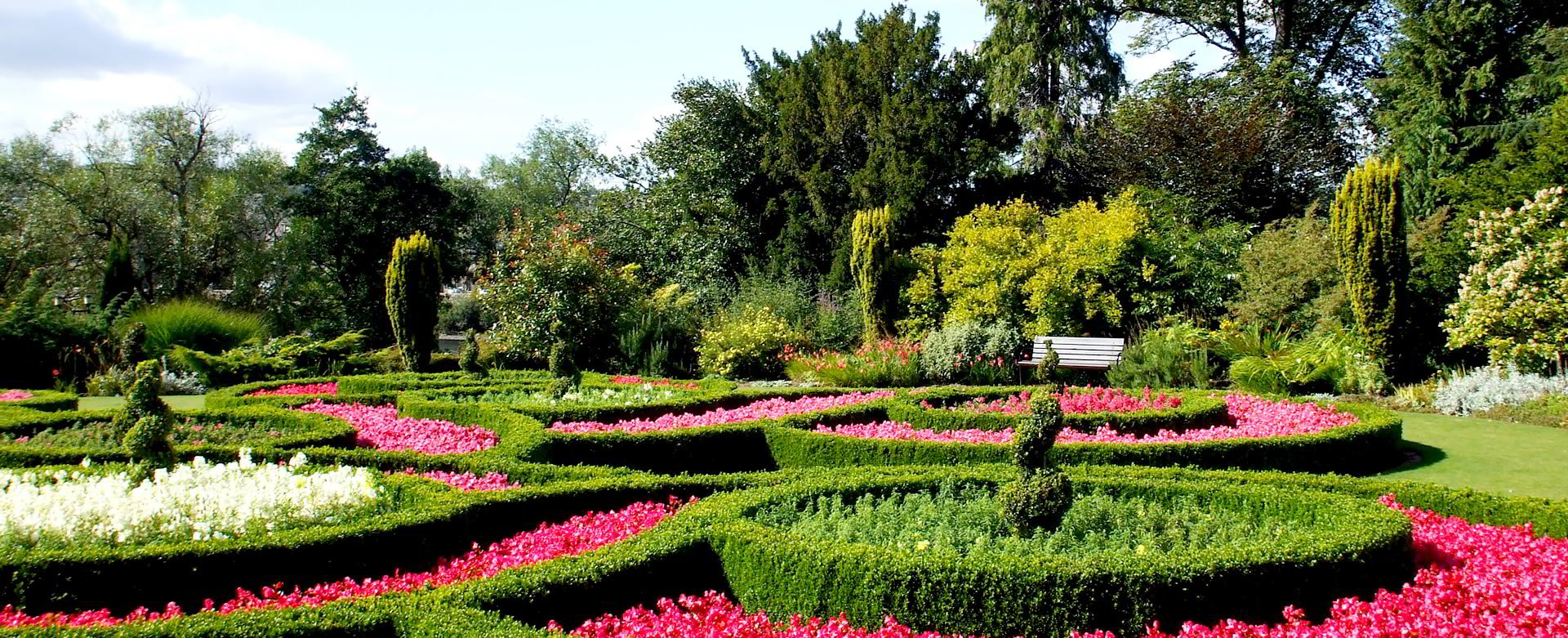How to Create a Year Round Interest in your Garden

This is possibly the most asked question in gardening, other than what is wrong with my plant!
Much of the answer will depend on personal taste and creating lots of different features in your garden. The garden is said to be an outdoor room and when setting it out, it is a bit like placing furniture and decorating the home to suit the taste of the occupiers.
Larger gardens provide more scope to have a range of areas and features which will provide more opportunity for the twelve months of the year. A garden should be an area to explore and look around and we can all remember as a child how exciting it was to come upon different things of interest in parks and gardens.
The garden must have permanent features and functionality, such as paths, fences, lawns, sheds, decking, BBQ, clothes dryer, greenhouse etc. Pathways should connect and take the individual to the areas they need to go to and not merely a path that goes to the bottom of the garden!
The garden should be planned in advance, or a makeover plan created to ensure that all features are allowed for and have their best and convenient location. Having considered the essentials and where they are to be located; then the matter of developing an all year-round garden of interest can begin.
In creating beds and borders, ponds, fences, walls, as well as a lawn if desired, one can research and elect plants to provide the succession of interest. It would be difficult to create a rose border that has year round interest, or indeed any other plant group that has a limited flowering period; therefore, try to create mixed plantings, using different plant types with appropriate periods of interest. The main plant groups in gardening are:
- trees,
- shrubs,
- perennials,
- climbers,
- bulbs,
- annuals,
- alpines,
- wild flowers,
- vegetables,
- fruit
Trees may be evergreen or deciduous and can provide interesting stems, flowers, buds, fruits, nuts and may be spaced throughout the garden. Their varying height and width offers scope to place in different areas. Similarly, shrubs offer the variance of these and are more associated with flower colour and scent. Perennials will wither and die down in winter, but their magnificent and colourful displays are something to behold during the summer months.
Bare walls and fences can be made interesting by planting climbers which can provide colour and foliage to break up the expanse of surface. As stated, the plants may be selected to suit the needs of the area once all the key plantable areas have been identified and created. It is equally important to ensure that the soil is conditioned to suit the requirements of the plant types/groups e.g. roses require a soil that is heavy with lots of organic matter through the incorporation of horse manure. A border with everything flowering at the same time is not much use unless it is a holiday home and only used at certain times.
For the majority of gardens, it is desirable if there is seasonal interest throughout. Few could plan such an exercise without a considerable amount of research or expertise; so, creating plant lists would be a start. List and prioritise your favourite plant types. Only note plants that will work for your situation:
- Not too big
- Will grow in your location or soil type
- Offers interest when you need it (summer; autumn; winter and spring)
- Interest of shape, outline, texture, stem colour, bud colour, foliage colour, flower, scent
As well as spreading the interest throughout the garden; it is a good idea to have the different plant types at different parts of the garden and they should blend with one another. Trees may be underplanted with appropriate shrubs, perennials and bulbs. Shrub roses may also be introduced. A water feature may be placed in or beside a rock garden, with the plantings merging from pool and herbaceous types with perhaps small shrubs through towards traditional rock plants and alpines, as well as dwarf conifers and Rhododendrons.
The majority of gardens have periods of colour in spring with bulbs, azaleas and rhododendrons etc., while the summer is catered for with the blousy and colourful annuals, container plants, as well as the usual displays of roses, colourful shrubs and herbaceous perennials. The gaps that require to be plugged relate to the provision of interest in the autumn, winter and early spring.
As well as the usual online research and thumbing through books and catalogues; much can be gleaned from visiting and looking at other gardens that are open to the public. Have an open mind take time to compile your wish list and remember that a garden which is merely added to becomes a clutter and one final tip would be to empty existing borders; retain what is worth keeping and reconfigure the planting layout with a mixture of new and old plants that ensure year round interest.



